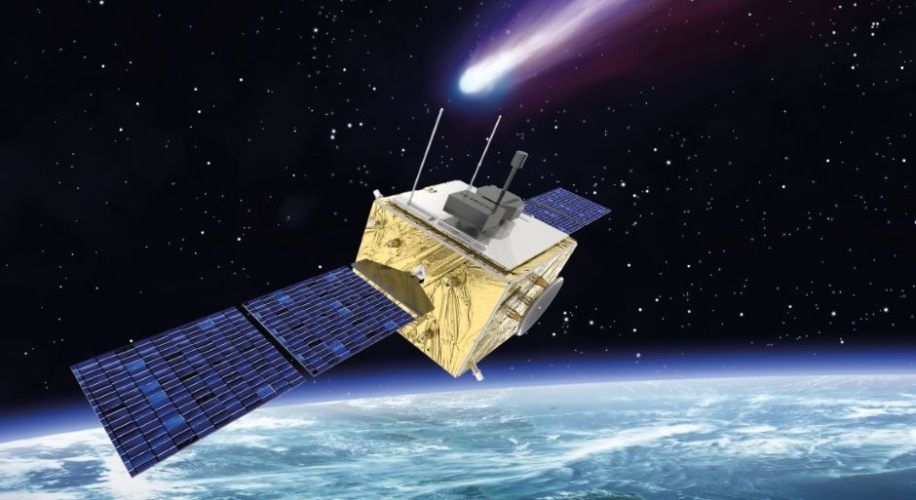
The company has been awarded a contract to design the mothership for ESA’s Comet Interceptor mission, which will see one main spacecraft and two smaller robotic probes travel to an as-yet-unidentified comet to map it in three dimensions.
Thales technology to keep VIPER in contact with Earth
Comets contain information about the formation of the Solar System 4.6 billion years ago. Unlike previous missions, Comet Interceptor will target a pristine comet on its first approach to the Sun before it is altered by our star’s light and heat.
According to the UK Space Agency, Comet Interceptor will wait in a parking orbit until a suitable target has been spotted by astronomers. It will then set out on an intercept course, deploying the two smaller probes, which will make close passes of the comet’s nucleus and relay their data back to the main craft.
https://www.theengineer.co.uk/catching-a-comet/
The fly-by of the two probes, which are roughly 30cm in length, is likely to take a few hours but could shed light on conditions that prevailed over four billion years ago.
In a statement, Andrew Stanniland, CEO of Thales Alenia Space in the UK said: “ESA has once again placed its trust in our scientists and engineers at Thales Alenia Space in the UK who have excellent heritage from previous scientific missions such as Giotto and Rosetta.
“We all look forward to supporting this exciting and unprecedented scientific mission to uncover more information about the origins of our Universe.”
The scientific mission was originally proposed by an international team led by UK academics from UCL and Edinburgh University. The scientists are likely to target a comet travelling from the Oort Cloud, which is a band of icy debris halfway between the Sun and the next nearest star.
This debris was said to be formed during the conception of the Solar System but was rapidly ejected to its outermost edge. Comets from this region will not have been vaporised by the Sun’s energy, which leads to dust building up on a comet, obscuring its original state.
Once the probes reach a pristine comet, they will study and scrutinise the chemical composition of it. One aim is to evaluate whether similar objects may have brought water to Earth.
Comet Interceptor is scheduled to launch in 2028 alongside the Ariel (Atmospheric Remote-sensing Infrared Exoplanet Large-survey) space telescope, a UK-backed ESA mission to study the atmospheres of exoplanets.




Nanogenerator consumes CO2 to generate electricity
Whoopee, they've solved how to keep a light on but not a lot else.